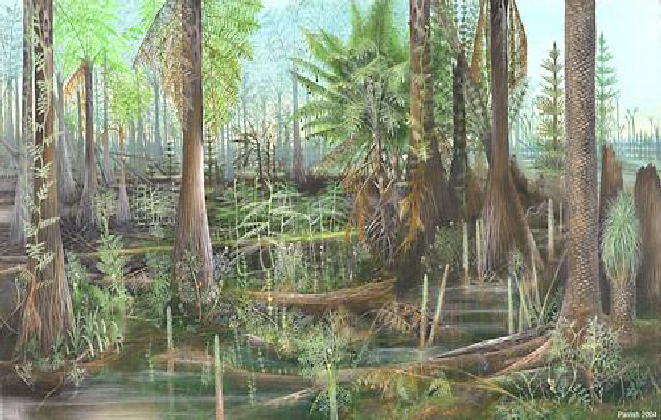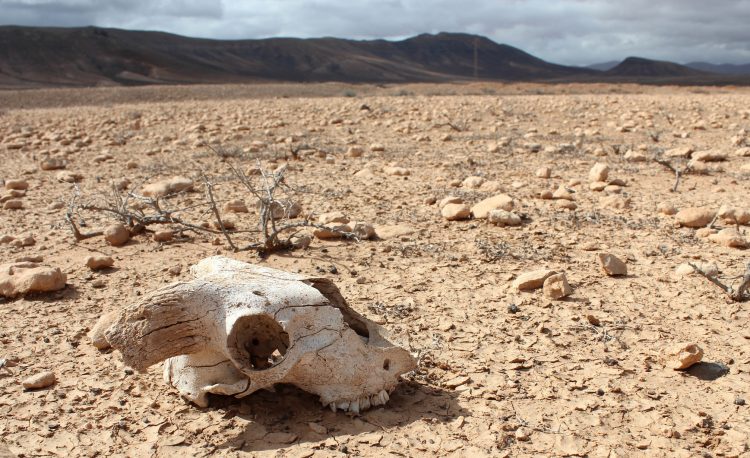Those of us who have studied ancient gravity in detail generally agree the evidence indicates gravity was much less in the geological past. I even think we can roughly calculate that ancient gravity was about half of today’s gravity 200 million years ago, slowly increasing over hundreds of millions of years to reach its present day level.
However, one area of debate amongst us has been whether this increase in gravity has been continuous or intermittent and all that implies for the rest of science. Carl Strutinski, a German-Romanian geologist, has attempted to answer that question in a new paper by looking at the Lilliput Effect, reduced gravity and mass extinctions.
I first meet Carl Strutinski at the Erice workshop in 2011 when three of us, Carl Strutinski, Ramin Mardfar and me (Stephen Hurrell) were presenting the evidence for ancient reduced gravity to the assembled audience – mainly geologists but with a sprinkling of other sciences. Strutinski’s paper about reduced gravity appeared in the papers produced from that workshop – there were three papers about reduced gravity published in total, one each from Strutinski, Mardfar and Hurrell.
Strutinski has recently written another paper, Wachsende Schwerkraft – Triebfeder der Evolution? (in German), outlining more evidence that gravity has been slowly increasing over geological time. The title of the paper translates as, Increasing gravity – driving force of evolution? Although the main body of the paper is in German there is an English abstract in the paper.
As an addition to that main paper Strutinski has written another new paper, The Lilliput Effect – a response of life to increasing gravity? (in English this time). The new paper is available as a free pdf.
The Lilliput Effect is a pronounced reduction in the size of life – seemingly associated with various mass extinctions. It is fairly well-known to specialists in the field, although as Strutinski notes, Wikipedia are unaware of it so perhaps it is not that well-known amongst non-specialists. Even the specialists are unsure why it happened and there has been much debate about the Lilliput Effect.
Looking at the Lilliput Effect, Strutinski firstly proposes that life would struggle to adapt to its new environment during a period of geologically rapid change in gravity, producing exactly the rapid size reduction and mass extinction events we see in the geological record. He provides very detailed evidence supporting his proposal. For instance, there have been a number of hypergravity experiments, where present day animals are subjected to higher gravities than normal, and the effect of higher gravity on these animals is very similar to the effect noted in the fossil record during these extinction events.

Looking at a period beginning in the Late Carboniferous and lasting over the entire Permian, Strutinski proposes that “a highly pronounced multiphase increase of gravity took placeâ€. It caused several extinctions in close succession, provoking an unprecedented fast biologic evolution for life.
In an additional paper, Two essays on an annotated edition of Darwin’s ORIGIN OF SPECIES, Strutinski discusses the role a relatively abrupt increase in gravity would have on evolution and “living fossilsâ€.
Critics of the papers would probably argue that the evidence is circumstantial and that is not the same as absolute proof – but that’s just like much of geology. There are strong indications that gravity change would cause mass extinctions if it was relatively rapid over brief periods of geological time. Clearly the Lilliput Effect could be caused by a geologically rapid change in gravity.
![]()




